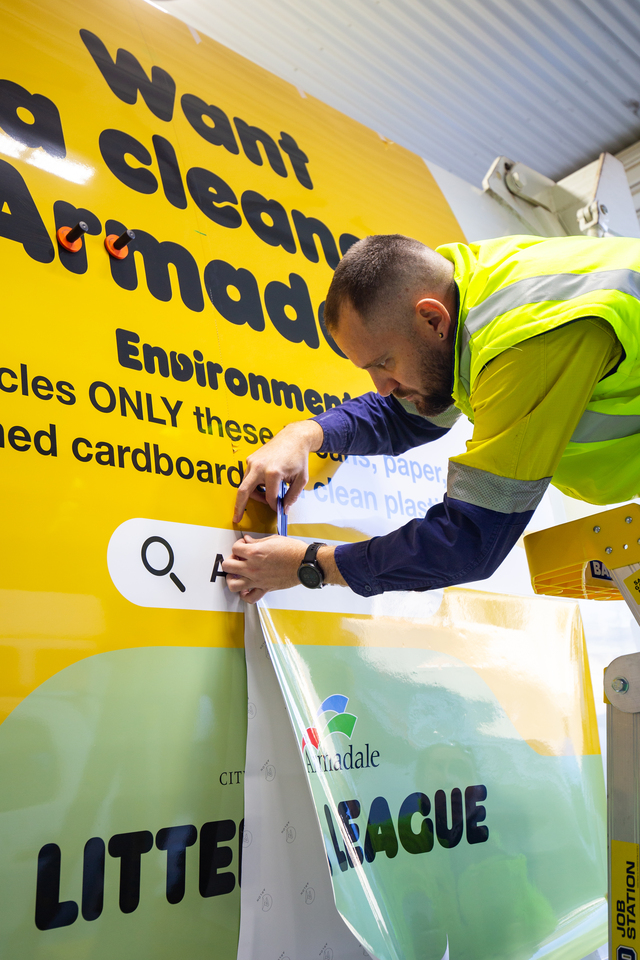Australia is the driest inhabited continent on earth. We are constantly reminded of the pressures imposed on our water resources and their related ecosystems. In twenty years time, Adelaide’s citizens face the prospect of only being able to drink Murray River water, three of every five days. Salinity is making the river water undrinkable while sediments threaten to choke the Murray’s mouth.
Population pressure, growing traffic volumes and sealed surfaces are the major contributors of water pollution in coastal cities. Increasing stormwater flows carry nutrients, hydrocarbons, sediments, heavy metals, and litter into our waterways.
Earlier this year, widespread algal blooms closed Perth’s Swan River Estuary for twelve days. Contamination in the Estuary reached 700 times the limit recommended for safe recreational activity. If these trends continue, all our urban estuaries will be destroyed within decades.
From being ‘out of sight and out of mind’ urban wastewater and stormwater is an increasingly visible threat to Australia’s coastal waters. Quick fixes relying solely on engineering and end-of-pipe solutions are no longer adequate.
Today, managing urban stormwater and wastewater is moving beyond pollution control. Australia needs natural resource management as it approaches the physical and financial thresholds of water availability.
The Commonwealth Government is responding through its Clean Seas Program, Urban Stormwater Initiative and the Cleaning Our Waterway Industry Partnership Program. They aim to improve coastal water quality through improved catchment management. The programs target pollution reductions and increased stormwater and wastewater recycling to reduce current discharges into the marine environment.







